Digital Transfer vs. Screen Printing: Which Branding Technique Fits Your Needs?
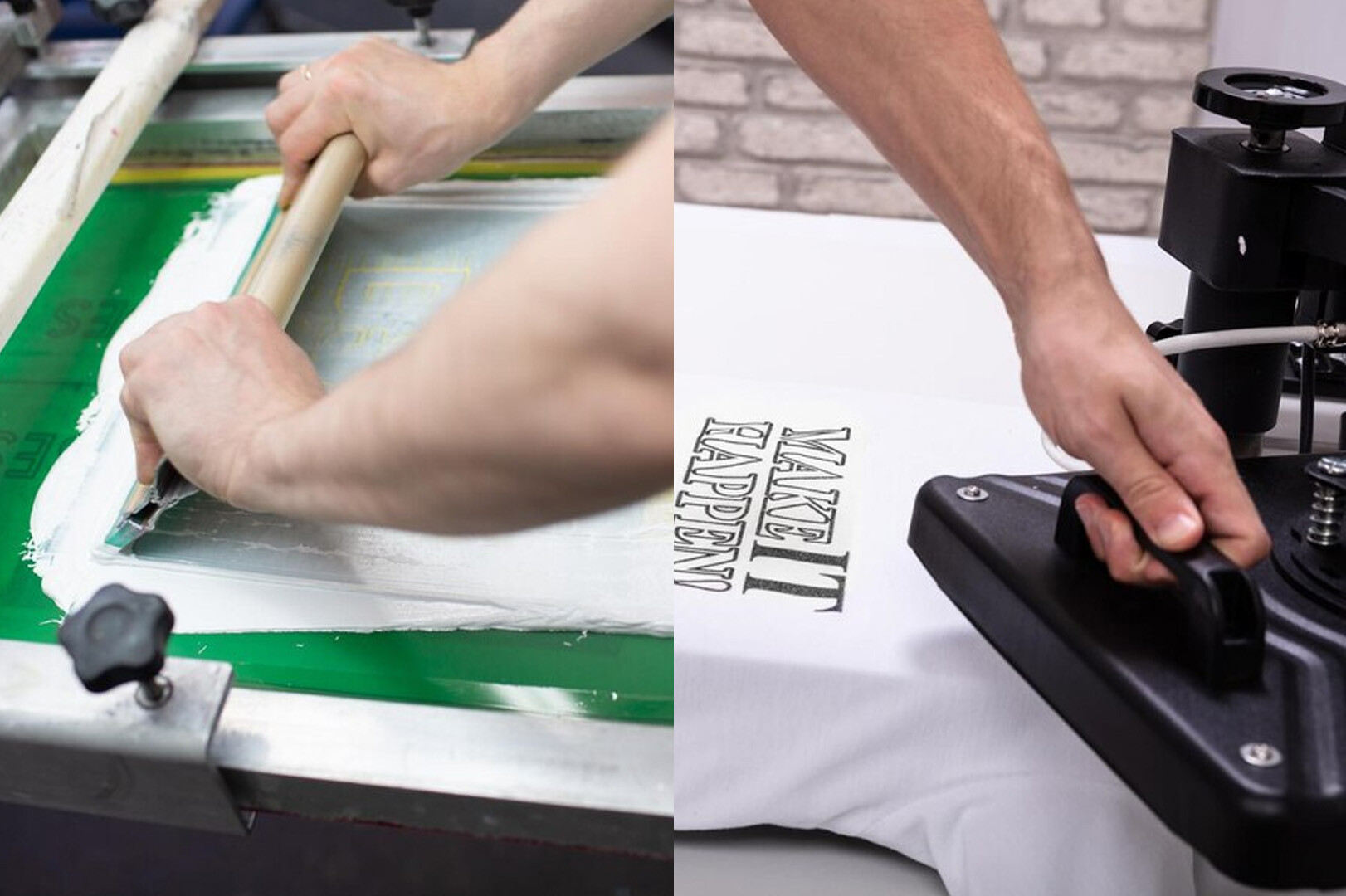
Choosing the right printing method is very important when you want to brand your products. Digital Transfer and Screen Printing are two famous ways to do this. Each has its unique process and benefits. Being familiar with these methods will help you choose the one that works best for your brand.
What is Digital Transfer?
Digital Transfer printing, also called Direct-to-Film (DTF) or Direct-to-Garment (DTG) printing, prints designs on a special film or paper that is heated and put on the cloth or garment. The output from this print method is known for having a high resolution and being able to handle complex patterns with many colors.
Pros:
- High Detail and Vibrancy: Captures complex designs and gradients with precision.
- Versatility: Works on various materials, including cotton, polyester, and blends.
- No Minimum Orders: Ideal for small batches or one-off prints.
- Quick Turnaround: Suitable for fast production times.
Cons:
- Durability: Prints may fade over time, especially with frequent washing.
- Cost: Can be more expensive per item compared to screen printing for larger quantities.
- Limited Scalability: Less cost-effective for large-scale productions.
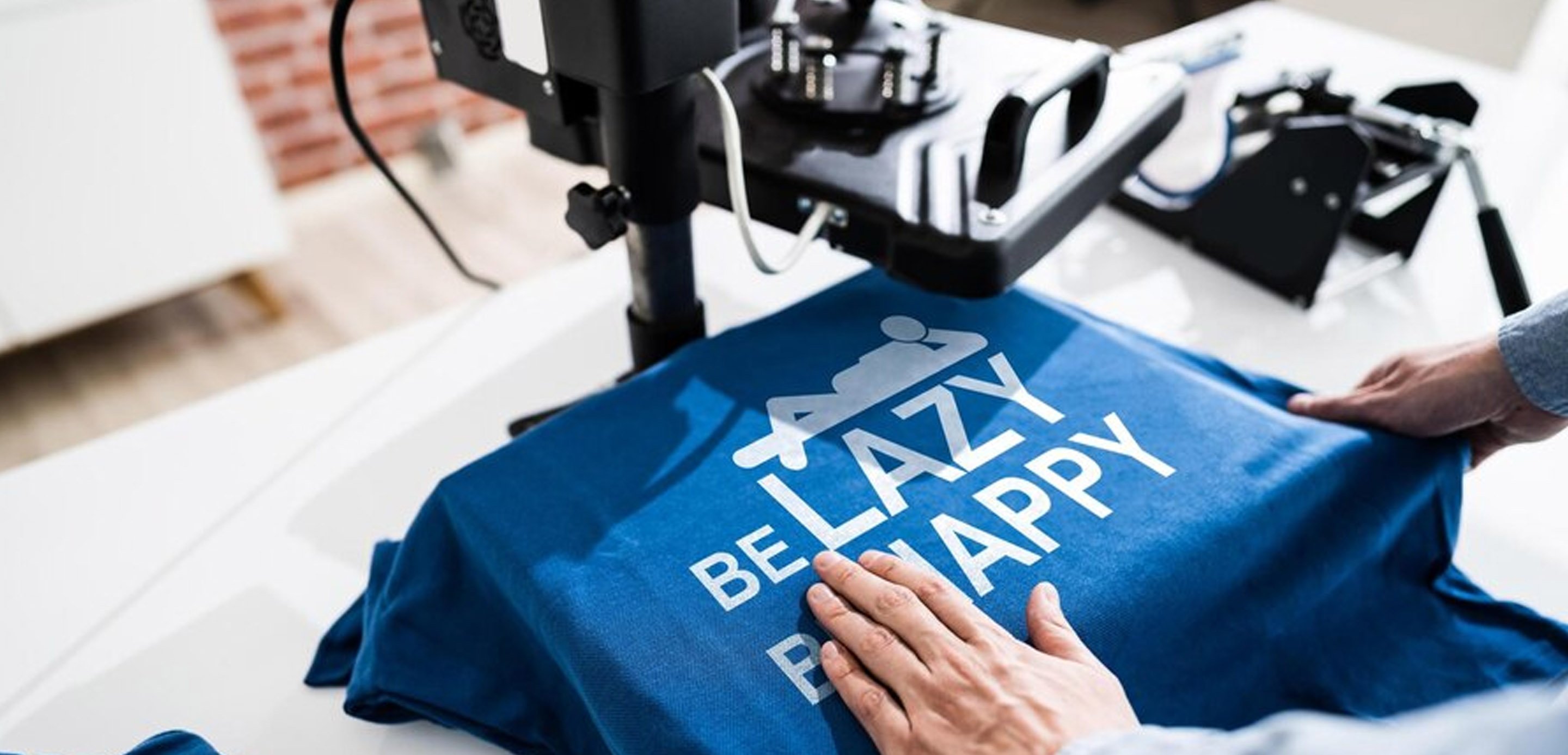
What is Screen Printing?
For screen printing, you need to make a stencil, also called a screen, for each color in the design. After that, the ink is pushed through these screens and onto the fabric. This old method is praised for its durability and vibrant color application.
Pros:
- Durability: The ink is absorbed into the fabric, leading to long-lasting prints that can withstand numerous washes.
- Cost-Effective for Bulk Orders: Ideal for large quantities as the cost per item decreases with volume.
- Color Vibrancy: Produces bright, opaque colors, especially on darker fabrics.
- Versatility with Inks: Can use special inks like metallics or fluorescents.
Cons:
- Setup Time and Costs: Requires creating screens and setup time, which can be costly for small orders.
- Limited Detail: Not suitable for highly detailed designs or photographs.
- Longer Production Time: Slower turnaround, particularly for smaller batches.
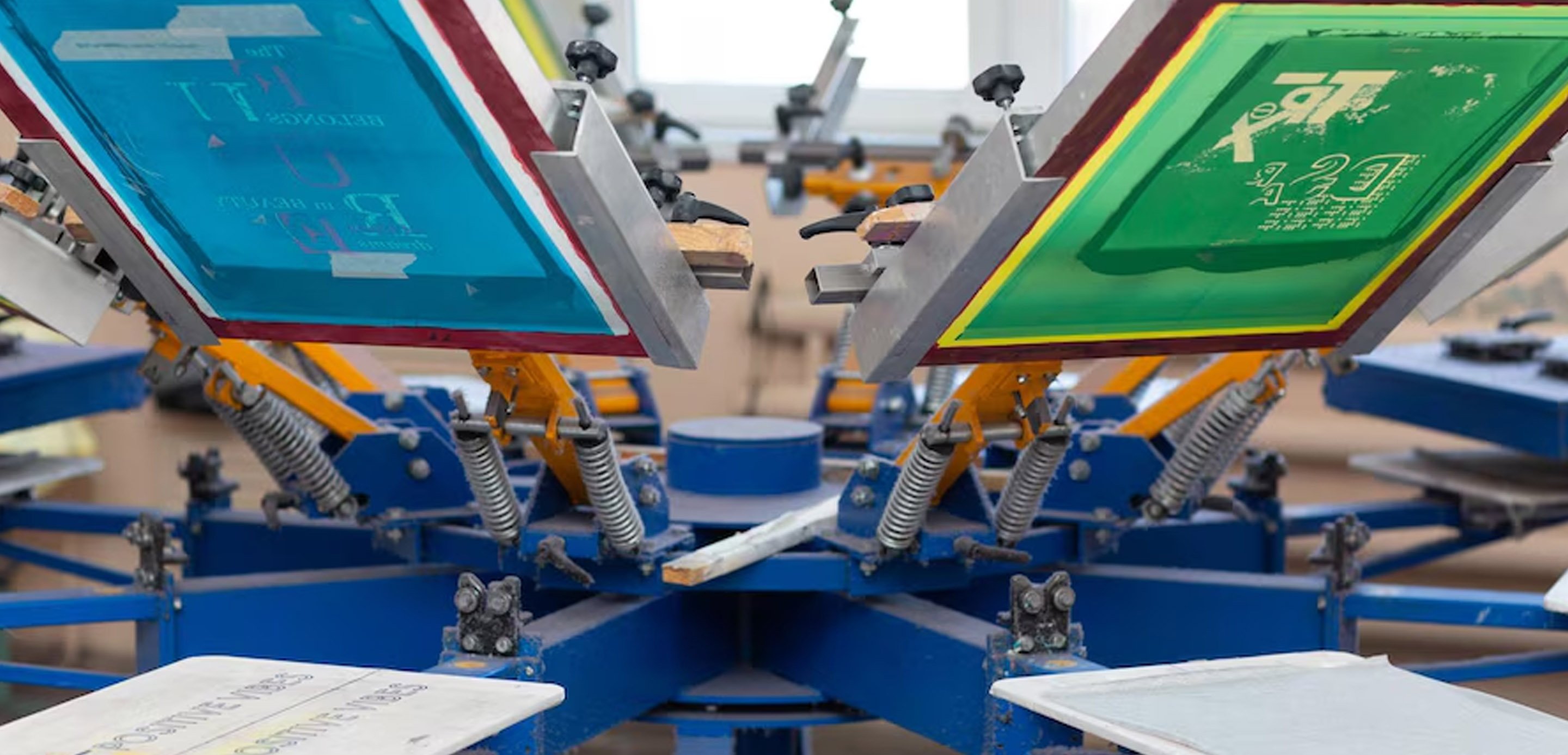
Digital Transfer vs. Screen Printing: Key Differences
-
Detail and Design Complexity:
- Digital Transfer: Excels in capturing fine details and gradients, making it perfect for complex designs.
- Screen Printing: Better suited for simpler, bolder designs with fewer colors.
-
Production Scale:
- Digital Transfer: Ideal for small quantities and personalized items.
- Screen Printing: Cost-effective for large runs, with lower per-item costs as volume increases.
-
Durability and Longevity:
- Digital Transfer: Can experience fading and wear over time, making it less durable.
- Screen Printing: Known for its long-lasting prints that maintain color integrity even after many washes.
-
Color Range and Application:
- Digital Transfer: Handles a wide spectrum of colors and intricate designs.
- Screen Printing: Limited by the number of screens but produces vibrant and durable colors.
Which Method is Right for Your Brand?
Both Digital Transfer and Screen Printing have their own strengths, and the choice depends on your brand’s goals:
- For Detailed, High-Resolution Designs: Digital Transfer is the best way to make detailed, high-resolution designs, especially if you only need to produce small quantities and/or a few unique items.
- For Durable, Cost-Effective Bulk Production: Screen printing is the best way to make prints that will last if you need to produce larger volumes.
To sum it all up, knowing what your brand needs—whether it's the difficulty of the design, the size of the order, or how long it needs to last—will help you pick the best printing method for your promotional items.



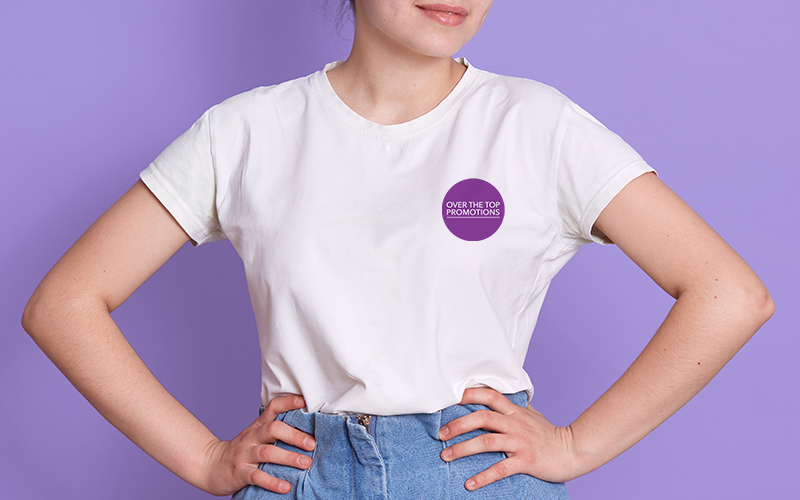


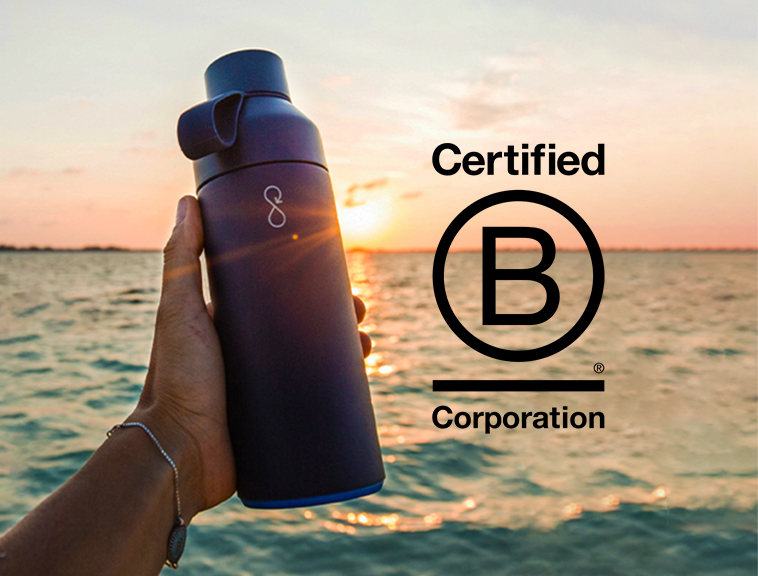

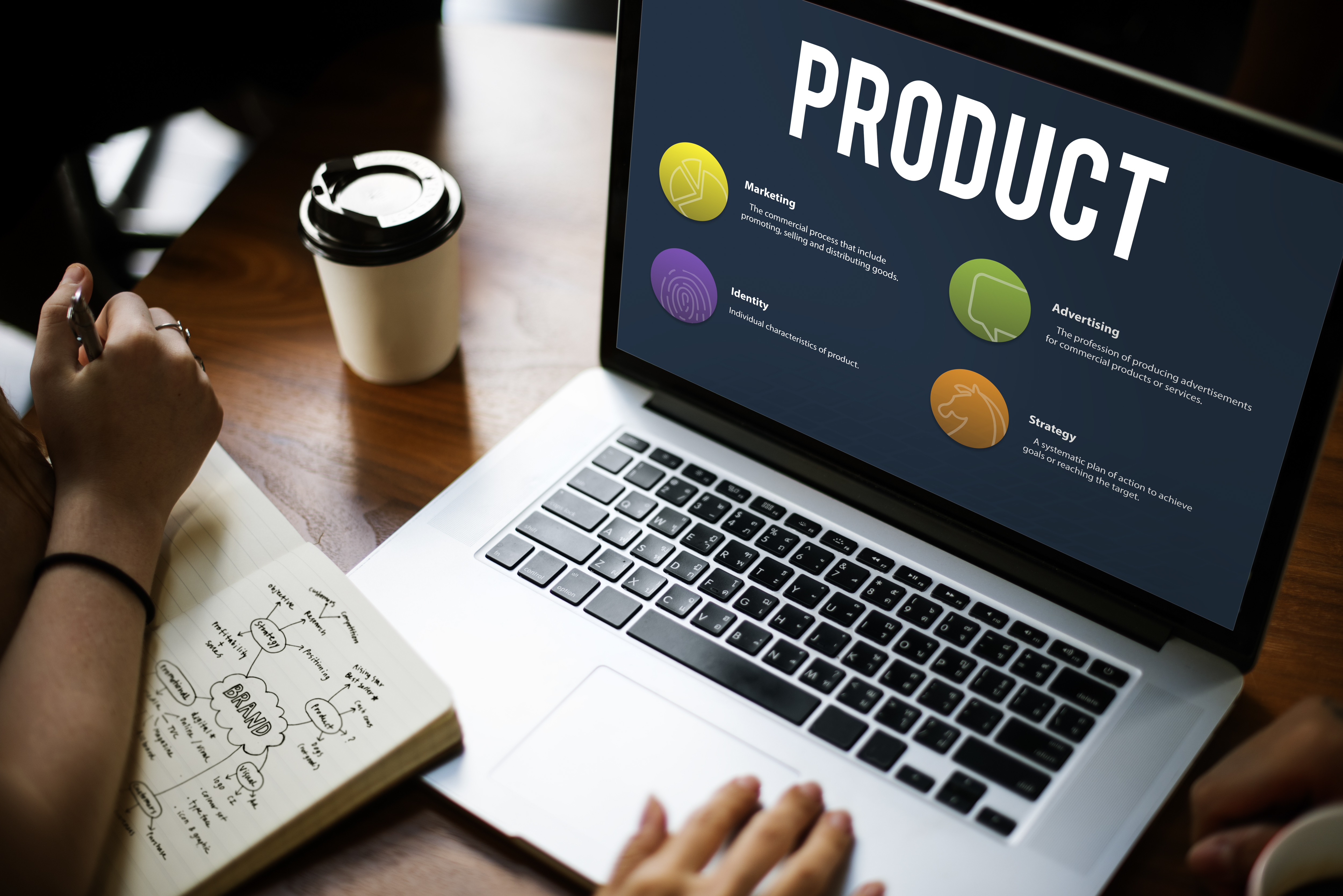
Comments